Wondering whether to live in Old or New Dubai? You’re not alone — it’s a question many residents and newcomers ask. Dubai is a city of striking contrasts: on one side, you’ll find historic neighbourhoods filled with culture and character; on the other, sleek skyscrapers and world-class malls that define modern luxury. And somewhere in between lie communities that beautifully blend the charm of old Dubai with the innovation of the new.
This guide compares Old vs New Dubai. Based on the stark contrasts between the two, this will help you determine which is the best fit for your lifestyle.
- Understanding Old Dubai vs New Dubai
- Comparison of key factors: Old vs. New Dubai
- Who should choose Old Dubai?
- Who should choose New Dubai?
- Future trends: What’s next for Old and New Dubai?
- Insider tips
- Key takeaways
- FAQs
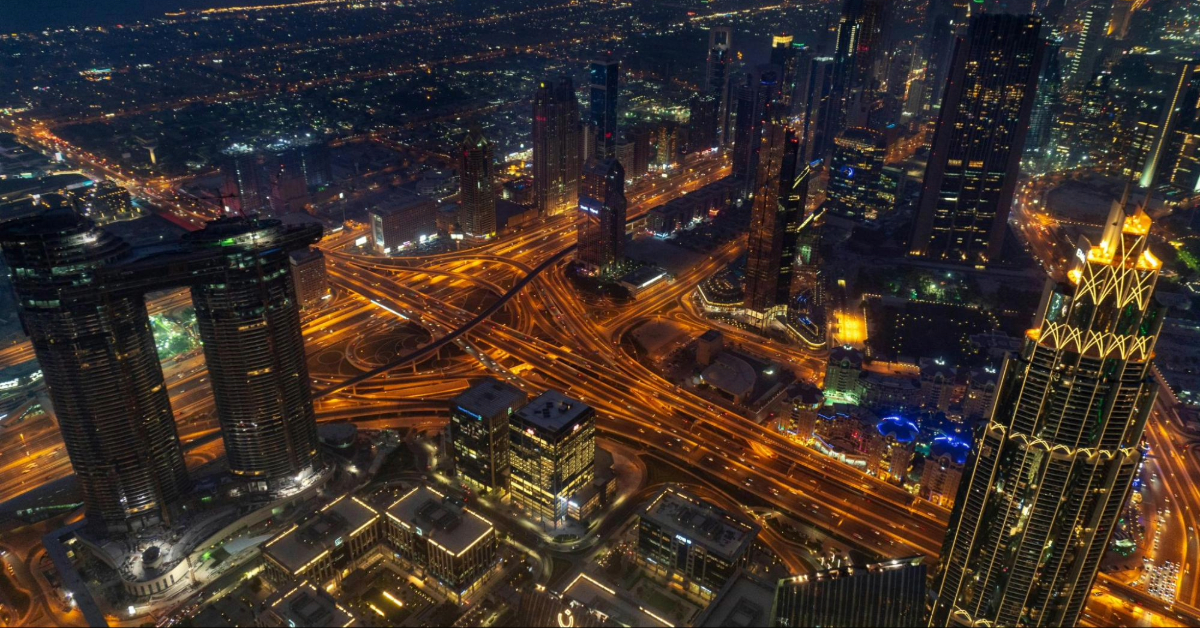
Understanding Old Dubai vs New Dubai
When people say Old Dubai, they typically refer to neighbourhoods, such as Bur Dubai and Deira. These areas are deeply rooted in the city’s heritage and culture.
Whereas, New Dubai includes places like Downtown Dubai, Dubai and Palm Jumeirah, among other posh locations. So, these are all the areas that highlight the city’s creativity and glamour. The areas in New Dubai are also bold representations of international appeal.
There are several factors that can make you decide between Old and New Dubai. On top of that list surely come lifestyle, budget, and commute.
Generally, Old Dubai is more affordable and rooted in community and tradition. In contrast, New Dubai is popular for its luxury, global connectivity, and amenities, but surely, each side of Dubai offers unique experiences. Now, let’s dive in so you can easily choose which is best for you.
Old Dubai: The historic heart
Old Dubai is the soul of the city. Here, life feels authentic and deeply rooted in tradition. Top districts include:
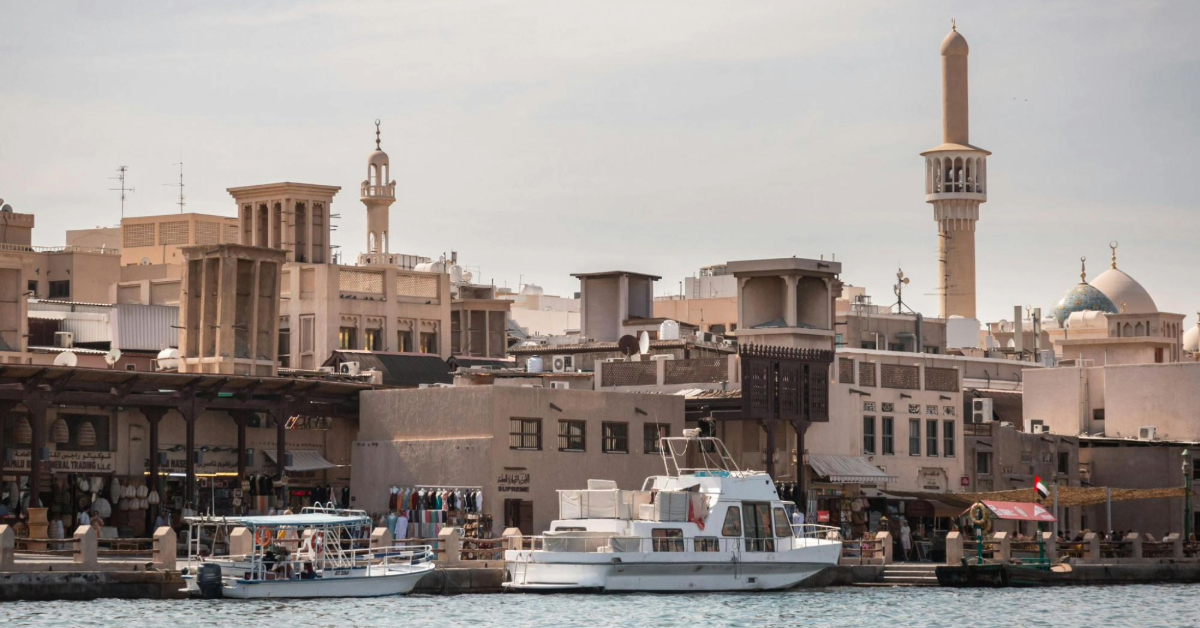
These communities are rich with culture and history. Families have been a part of this neighbourhood for generations, so they have established robust community bonds.
In addition, the architecture there is charming. You will find many low-rise buildings designed with coral stone and gypsum. Not just that, as you wander around Old Dubai, you will spot several traditional wind towers that catch the desert breezes.
Life in Old Dubai is tightly knit. Families live together, neighbours stop for a chat, and shopkeepers greet you like an old friend. Also, there are countless things to do in Old Dubai. For example, you can:
- Enjoy walks along Dubai Creek
- Explore the Gold and Spice Souks
- Stop at the Dubai Museum
- Wander through Al Seef and the Bastakiya Quarter
- Go for an abra ride across the Creek, with the scent of spices in the air, feels like being transported back in time.
New Dubai: The modern metropolis
New Dubai stands for ambition, innovation, and global lifestyle, making it perfect if you are a luxury seeker. This is where skyscrapers dominate the skyline. Top neighbourhoods include:
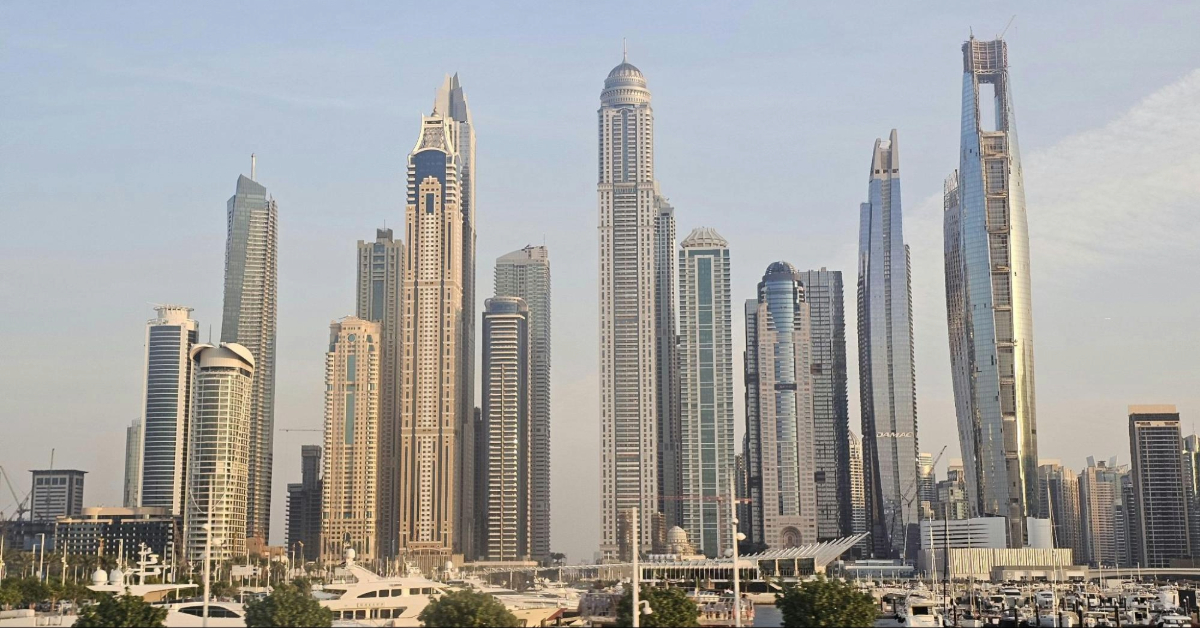
The architecture is bold and contemporary. Iconic towers rise above slick and master-planned communities, designed to ensure convenient and comfortable living. Besides, the pace of living is cosmopolitan in New Dubai. Your day-to-day living includes:
- Fine dining
- Leisure facilities
- Rooftop views
Top attractions in this side of Dubai are:
- Burj Khalifa
- Dubai Mall
- Marina Walk
- JBR Beach
- Palm Jumeirah
Life in New Dubai feels global as you will encounter people from all over the world. Entertainment options are unlimited, from the nightlife and concerts to themed parks and iconic museums.
Comparison of key factors: Old vs. New Dubai
To make a well-informed decision, you must consider several factors, including architectural design, housing options, cost of living, investment potential, utilities, lifestyle, transportation, amenities, and entertainment facilities.
1. Architecture and urban feel
Old Dubai is rooted in tradition, with its low-rise buildings and wind towers rising above the houses in the neighbourhoods. They were once used to cool the interiors before the advent of modern air conditioning systems.
In addition, the streets are narrow and winding, designed for pedestrians, bazaars, and mosques, instead of cars. Every corner in Old Dubai has its own story to tell.
New Dubai couldn’t be more different. Its skyline comprises steel, glass, and futuristic designs:
- Burj Khalifa dominates the Downtown area.
- Palm Jumeirah’s man-made islands depict Dubai’s ambition.
- Master-planned communities commonly feature wide roads, landscaped gardens, and modern promenades.
- High-rises usually offer these amenities in one building: gyms, pools, and concierge services.
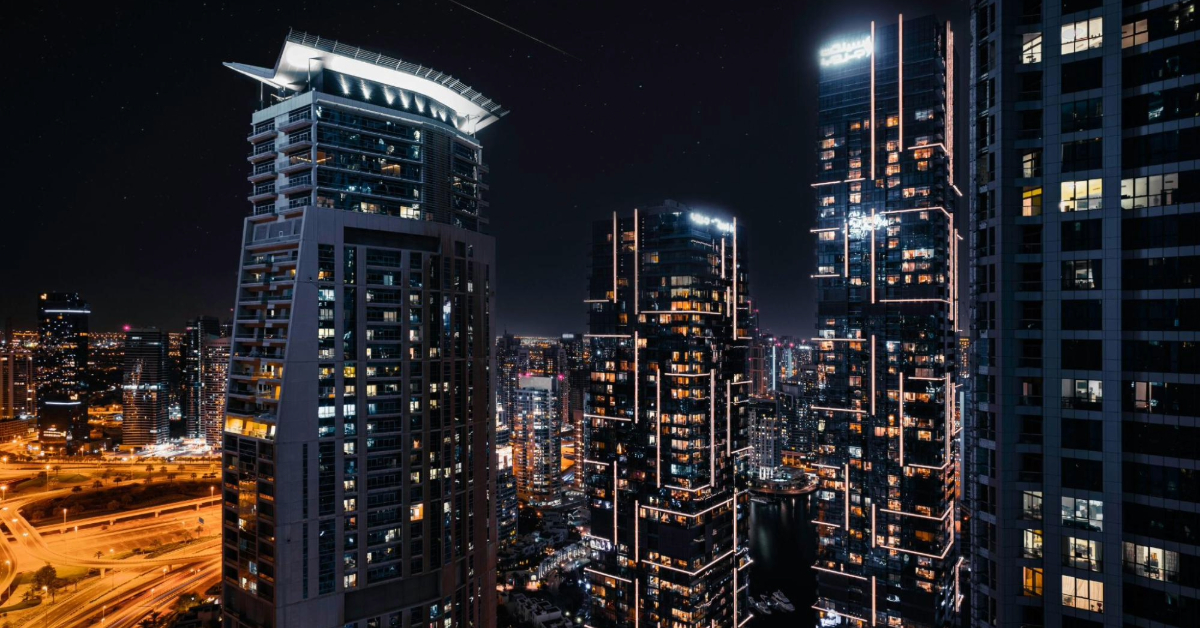
2. Real estate
Property types
In Old Dubai, you will typically spot older and low-rise apartments. They are efficient, inexpensive, and full of character. Heritage villas are also common. They have courtyards and traditional designs.
New Dubai spells luxury. It is filled with tall towers, serviced penthouses, and huge villas in gated communities with gyms, pools, and parks.
Average rent
Old Dubai is cheaper than New Dubai when it comes to housing, whether you are renting or buying.
- The starting rent for a studio apartment is 27,000 AED
- A three-bedroom apartment can cost you a maximum of 102,000 AED
Whereas, in New Dubai:
- Studios rent out at a starting price of 55,000 AED
- Fully furnished, two-bedroom luxury apartments can cost as high as 240,000 AED
Explore the Available Apartments for Rent in Dubai
-
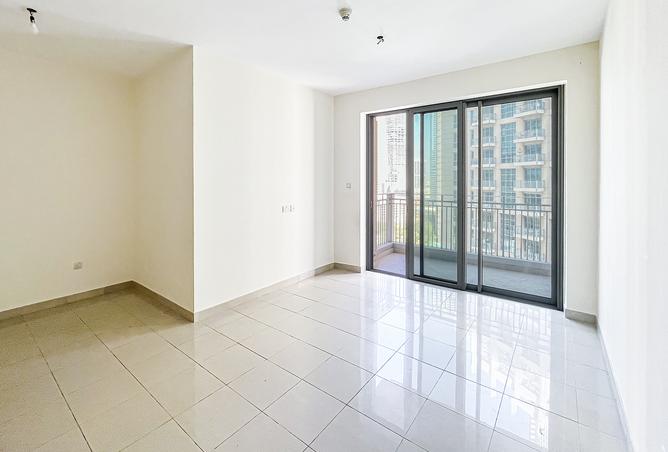
Apartment
Listed 2 weeks ago
120,000 AED/year
Bright | Spacious 1BR | Next to Dubai Opera
Standpoint Tower 1, Standpoint Towers, Downtown Dubai, Dubai
1
2
792 sqft
-
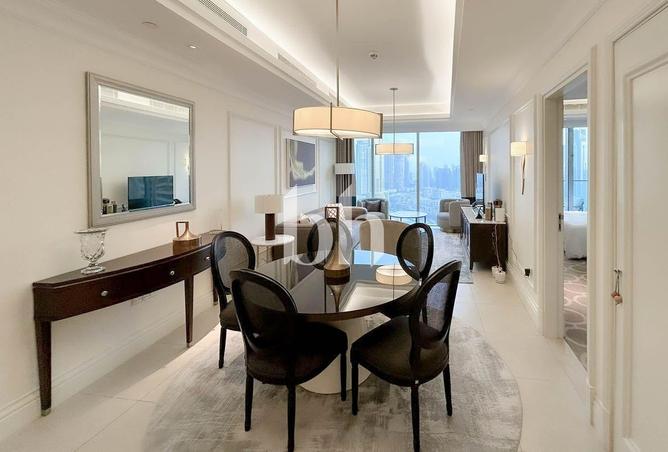
Apartment
Listed 1 month ago
300,000 AED/year
Luxurious 2BR | Burj Khalifa View | Furnished
Kempinski BLVD, Downtown Dubai, Dubai
2
3
1,271 sqft
-
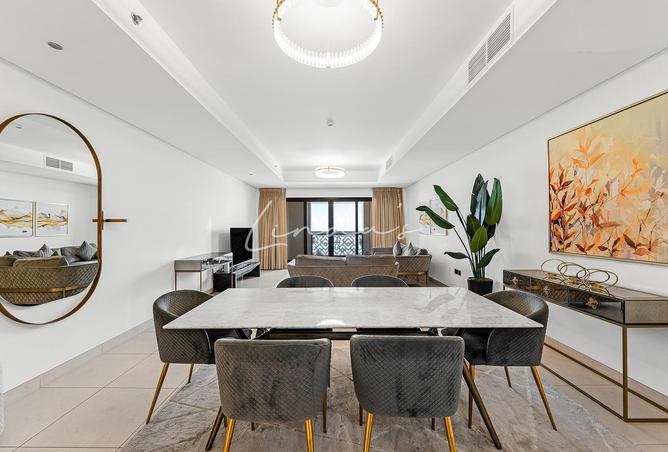
Apartment
Listed 2 weeks ago
380,000 AED/year
Stunning View | Fully furnished | Ready to move in
Balqis Residences (Wyndham Residences The Palm), Kingdom of Sheba, Palm Jumeirah, Dubai
3
4
2,433 sqft
-
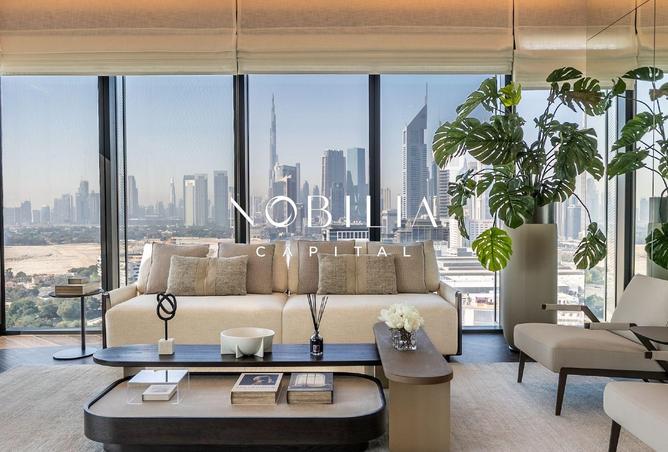
Apartment
Listed 11 hours ago
1,100,000 AED/year
Contemporary Design | Ultra Luxury | Burj View
One Za'abeel The Residences, Zabeel 1, Zabeel, Dubai
3
5
2,436 sqft
-
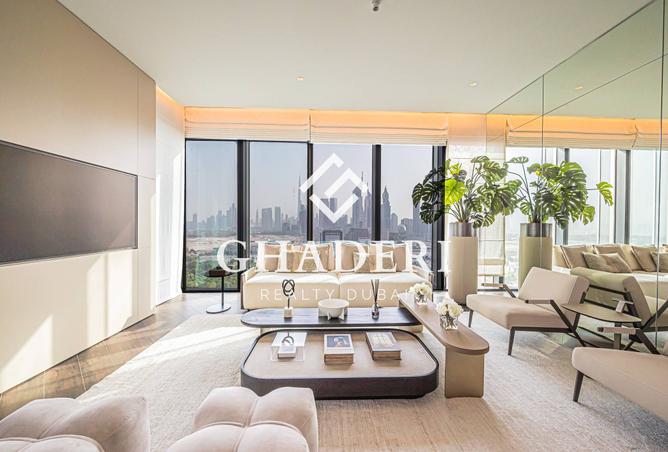
Apartment
Listed 5 hours ago
1,100,000 AED/year
Brand New | Dream Interiors | Stunning Views
One Za'abeel The Residences, Zabeel 1, Zabeel, Dubai
3
4
2,436 sqft
-
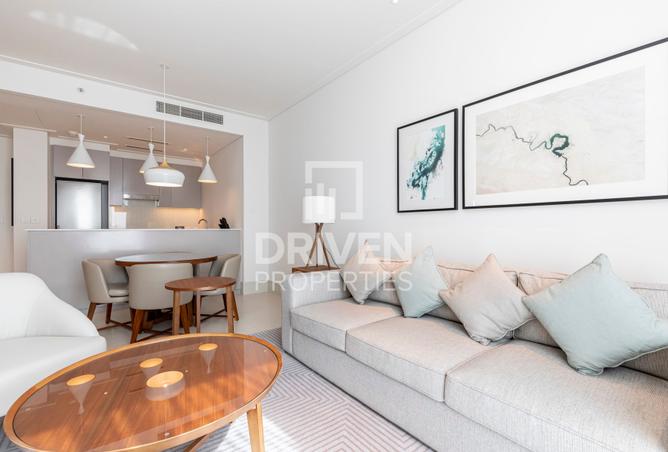
Apartment
Listed 12 hours ago
150,000 AED/year
Well Managed | High Floor | Prime Location
Vida Residence Downtown, Downtown Dubai, Dubai
1
2
752 sqft
-
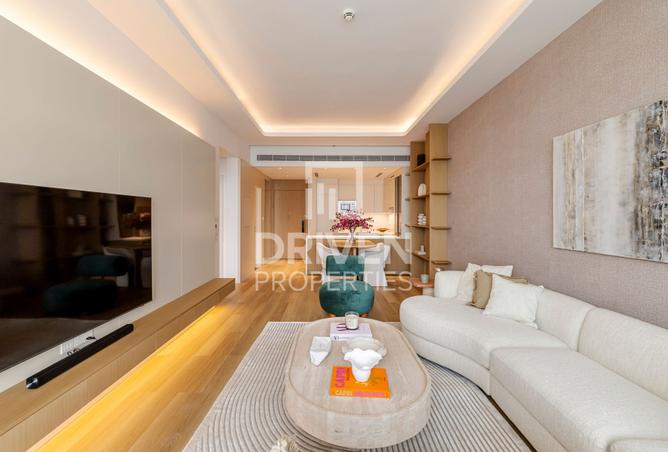
Apartment
Listed 9 hours ago
285,000 AED/year
Lavish | Upgraded and Furnished | Canal View
Canal Front Residence 8, Canal Front Residences, Al Wasl, Dubai
1
1
1,009 sqft
-
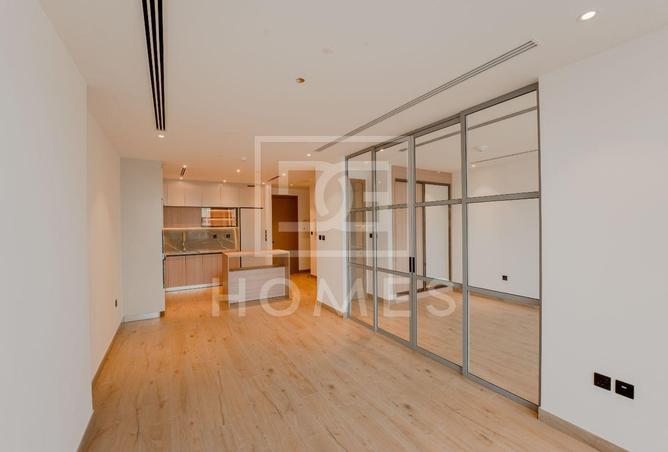
Apartment
Listed 6 hours ago
75,000 AED/year
FINAL UNITS | NO COMMISSION | BRAND NEW
The Vybe, District 16, Jumeirah Village Circle, Dubai
1
1
701 sqft
-
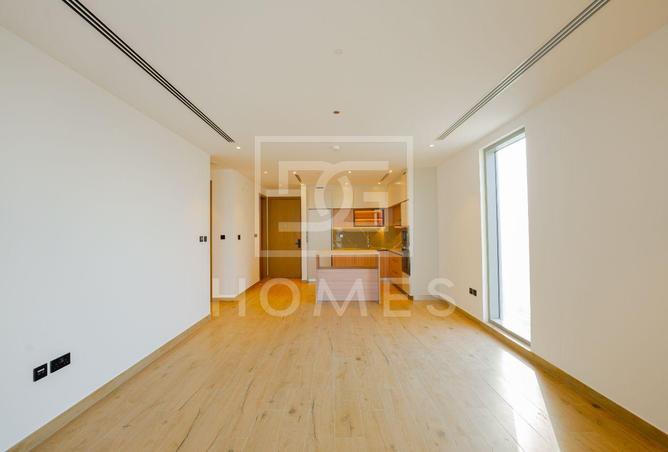
Apartment
Listed 6 hours ago
145,000 AED/year
FINAL UNITS | NO COMMISSION | BRAND NEW
The Vybe, District 16, Jumeirah Village Circle, Dubai
2
3
1,198 sqft
-
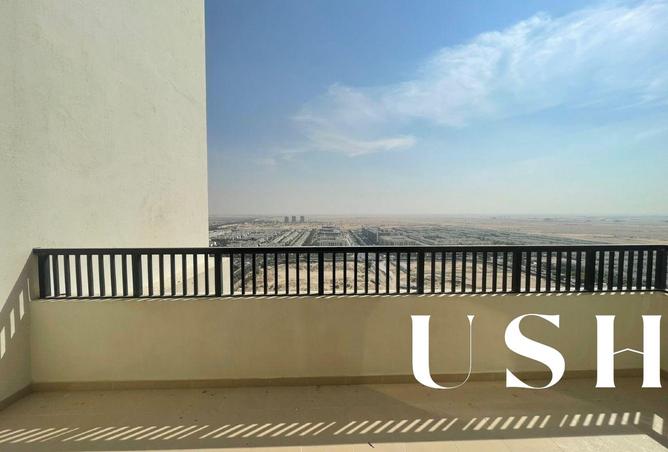
Apartment
Listed 1 day ago
100,000 AED/year
NEAR TO CENTRAL PARK | READY TO MOVE IN | 2BEDROOM
Warda Apartments 1A, Warda Apartments 1, Warda Apartments, Town Square, Dubai
2
2
941 sqft
Utilities and maintenance
New Dubai’s modern systems are efficient and reduce utility bills. Facilities like gyms and pools are already built into most communities.
Besides, maintenance costs more in Old Dubai. Since it has older infrastructure, you will find systems that need more upkeep, including elevators and cooling systems.
Investment potential
Old Dubai is attracting growing interest from investors, thanks to its rich cultural value and ongoing urban renewal.
Also, New Dubai is a global hotspot. Given a solid international demand and expanding developments, the place is attracting many investors.
3. Lifestyle and amenities
Life feels grounded in Old Dubai. You will find many authentic Emirati restaurants. It also features many Indian cafeterias and Middle Eastern street food places. When it comes to leisure, you can simply go to small parks, cultural centres, and markets.
Meanwhile, New Dubai offers a more polished and global lifestyle. On weekends, you can enjoy a day out at luxury malls, upscale clubs, and fine dining restaurants.
Moreover, shopping options are endless. You will find many premium options at the Dubai Mall and the Mall of the Emirates. Nightlife is lively, especially around JBR, Downtown Dubai, and Palm Jumeirah.
4. Accessibility & transportation
The streets of Old Dubai were built long before cars. So, the parking options are limited. However, public transport is top-notch. Metro connects areas like Al Fahidi and Al Ghubaiba. You will also find affordable and frequent buses and taxis. Besides, abras is the most charming and the cheapest medium to cross the Creek.
Walking is also an everyday activity since shops, markets, and mosques are all located in proximity.
New Dubai, on the other hand, was designed for cars. Parking, intersections, and the highways dominate the landscape.
The Red Line of the metro links Downtown, Marina, and JLT. However, the distances between the neighbourhoods are longer, so you can opt for ride-hailing apps, such as Careem and Uber. In addition, Sheikh Zayed Road connects almost all the areas quickly. However, travelling during the peak traffic hours can be frustrating.
It is also worth mentioning that Old Dubai is located closer to the Dubai International Airport. However, New Dubai has better access to Al Maktoum Airport.
5. Cost and affordability
Old Dubai is more pocket-friendly compared to New Dubai. In fact, you will pay less for:
- Food
- Shopping
- Transportation
Meaning that daily life is also more affordable. However, in older buildings, utilities may be more expensive.
However, the trade-off is comfort. Modern infrastructure means efficient utilities. You will get superior amenities in almost all communities in New Dubai.
6. Cultural experience and entertainment
Old Dubai connects you with heritage. As you stroll through Al Fahidi, you can:
- Explore souks
- Take dhow cruises on the Creek
Festivals and cultural events celebrate traditions and Emirati flavours through food tours.
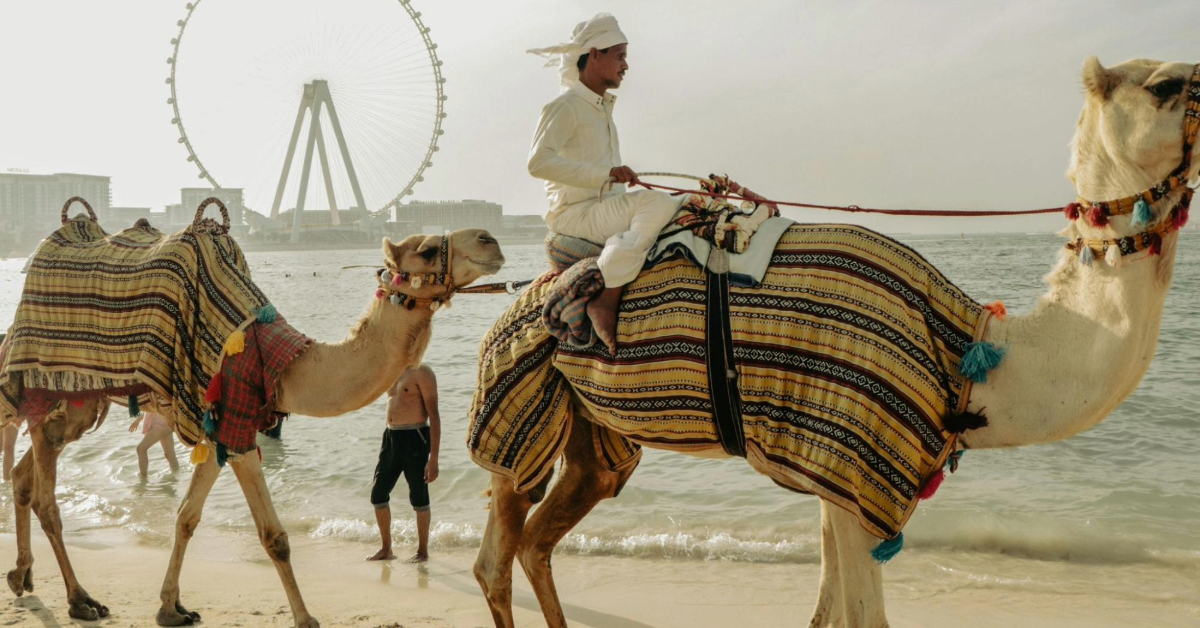
New Dubai gives you global experiences. You have access to:
- World-class spas
- Themed parks
- Festivals
- International concerts
The expat population is diverse there, which is why experiences feel international.
Who should choose Old Dubai?
Old Dubai is a more budget-friendly option with cheaper housing, food, and entertainment options.
If you love culture, you will feel at home there. Heritage sites and souks keep history alive. Families thrive in Old Dubai’s close-knit communities.
Furthermore, your children will grow up in a neighbourly, safe environment. Small business operators benefit greatly as Local markets and souks are affordable spots to trade.
If authenticity matters, the traditions and stability of Old Dubai will feel just right.
Who should choose New Dubai?
New Dubai is ideal for expats seeking an international lifestyle with modern and cosmopolitan communities.
Professionals will love residing near Dubai Downtown or Business Bay. It will put them closer to entertainment and offices.
Additionally, families come to New Dubai for international schools and private healthcare. Herein, convenience is deeply ingrained in daily life. Young individuals will love the dynamic nightlife. And if you are an investor, you will find solid demand and return on investments from properties located in New Dubai.
Future trends: What’s next for Old and New Dubai?
Old Dubai is being rejuvenated. Restoration plans are in place to modernise infrastructure while conserving the heritage. Tourism will expand further across Al Seef, Dubai Creek, and Al Fahidi which welcome visitors looking for cultural immersion.
New Dubai is growing daily. Projects, such as Bluewaters Island and Dubai Creek Harbour, depict Dubai’s innovation and ambition. Smart city initiatives focus on:
- Green buildings
- Advanced planning
- Sustainable transport
Dubai’s vision is to take the best from both heritage and modernity.
Insider tips
As a tourist, if you come to Dubai, consider exploring both sides in a single trip. Abras, taxis, and metros will make it easier.
Old Dubai boasts attractive cafés and textile outlets and New Dubai is dotted with JBR street markets.
Winter is best for outdoor fun, while summer is good for indoor activities, museum visits, and mall shopping. Get your Nol card,, which is the ticketing card for the metro, buses, and abras. This is also the most convenient way to get around Dubai.
Key takeaways
Old Dubai offers a strong community, affordability, and tradition. New Dubai has a greater global appeal. It spells modernisation and luxury.
Both sides are well-connected. However, transport experiences differ. Choosing between Old vs New Dubai depends on your budget and lifestyle preferences.
FAQs
Yes, it is. Old Dubai is a very safe, welcoming, and family-friendly neighbourhood.
Old Dubai is closer to the airport and offers many abra boats. New Dubai has modern metro and road networks.
Yes, it is. New Dubai is more expensive than Old Dubai.
Yes, there are. New Dubai has many international schools and private healthcare facilities while Old Dubai has several local options.
Certainly, it is easy to explore both Old and New Dubai in a few days, especially via public transport and taxis.







